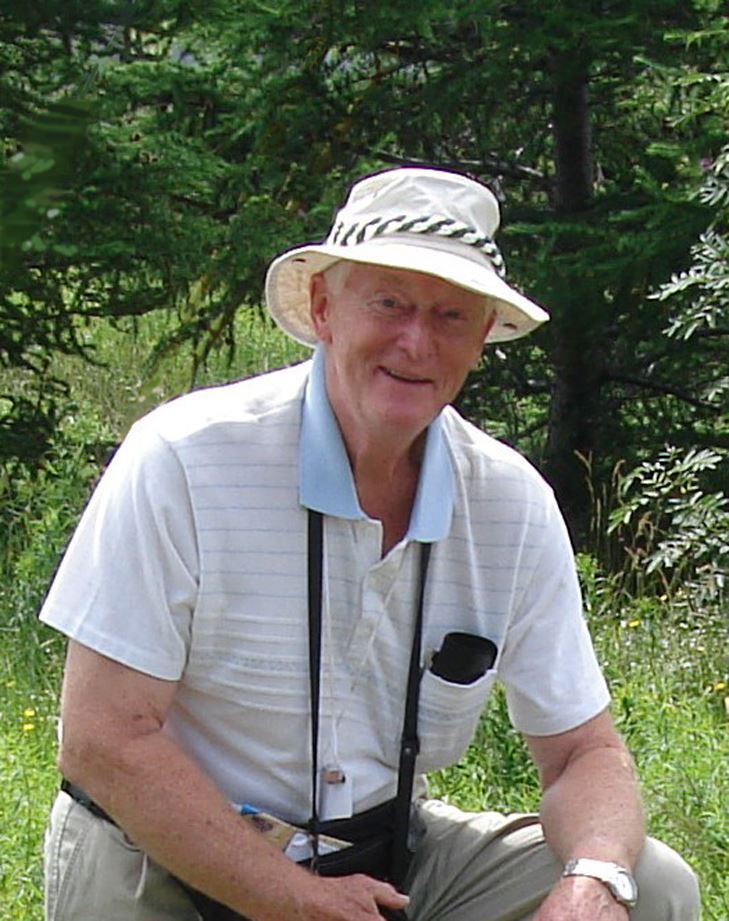Meet the History Team! |
Ken Reese Author Cary DeLoye Author Cary DeLoye Author |
|
|
Where on the lake is your cottage and what year was it built?
Our cottage is at the end of Skeleton Lake Road 2 in an area called Norvoc Camp, developed by a group of high school teachers from Northern Vocational High School in Toronto. A dozen teachers, guided by J.B. Temple, purchased their cottage lots from Bill Wilson in 1932 and boarded at Wilson’s Lodge for the two years it took them to build their cottages. Only two of the original teacher families are still at Norvoc, now a little used reference point, but recorded in the book.
Summarize your family’s history on the lake.
I met my wife Pat at University of Toronto and was invited to the lake in 1957 for Thanksgiving. I remember the refrigerator was overflowing and the old ice box in the back porch needed filling. At the Lodge, Bill told us to help ourselves so we went into the ice house, found the ice that had been there all summer under sawdust. We hauled it out with the big ice tongs and got it to the cottage in the car.
Pat's father, Clare Cassan, paid $75 for the lot when his salary was probably $2,000 and their new house was hardly furnished. Being a vocational school, the teachers had a number of skills and they tended to help one another as they each built their small cottages by hand. It was some years before the rocks that had been dragged in by horses to float the cottage were replaced by concrete posts. We still have the old coal oil lamps that are used when the hydro goes out. Three or four additions have enlarged the cottage but it is still not insulated and is heated by a wood stove. We do have lights, a water pump and hot water.
In 1940 Clare purchased Sailor’s Rest Island for $17 in back taxes. The .25 acre island, that cannot be built upon, was recently assessed at $45,000 and adjusted taxes are $200 annually!
Pat has inherited the cottage and it is used by mainly by one of our three boys and their families. We are able to spend a good part of each summer at the cottage, from before the Black flies emerge in May until the first hard frost in mid October.
Recount your favourite Skeleton Lake memory.
One of my earliest memory is sitting on the dock with Pat and being able to see the colour of each rock on the lake bottom while watching the open clam shells, a bass nest and the odd water snake, leach, crayfish and frog. Now all the rocks are covered in green algae and the aqua life is mostly gone. The trees are changing, the birches have disappeared, and our lot that had a large number of young trees is now represented by a dozen or so large oaks and hemlocks.
What is the most interesting thing you learned about the lake while working on the book that you didn’t know before?
We were not a social family; we came to the lake on Friday, went home Sunday and knew a few neighbours on either side. Clare never had a motor boat so we only saw a bit of the shoreline from our canoe. Some ten tears ago I became interested in the logging history of our lake and began to talk to people on the far shore. I began to really learn of the lake when I "got volunteered" to work on the book project and started to talk to many other folks on the far shore. The most rewarding result was to find old written memoirs from the 1920s to 50s that were hidden in old cottages and then being able to make them known to the rest of the lake.
Share a notable excerpt from the book that you think others will enjoy or find interesting.
What I find most interesting is the way the lake has been changing; the history of the dam at the hatchery; the old campgrounds and lodges; the eight sawmills; and the changing fishery with stories of fish runs that are rarely seen today.
Final say ...
Now waiting for comments on the book – “that’s not right” or “here’s a mistake”. There are two books written about parts of our lake and township histories for former Cardwell and Stisted township, but Stephenson and Watt for all their importance have not had their full stories told. Thankfully the ladies at Windermere have been collecting historical information on Watt and have become a depository for this material. Our valuable lake history notes will be given to these archives.



